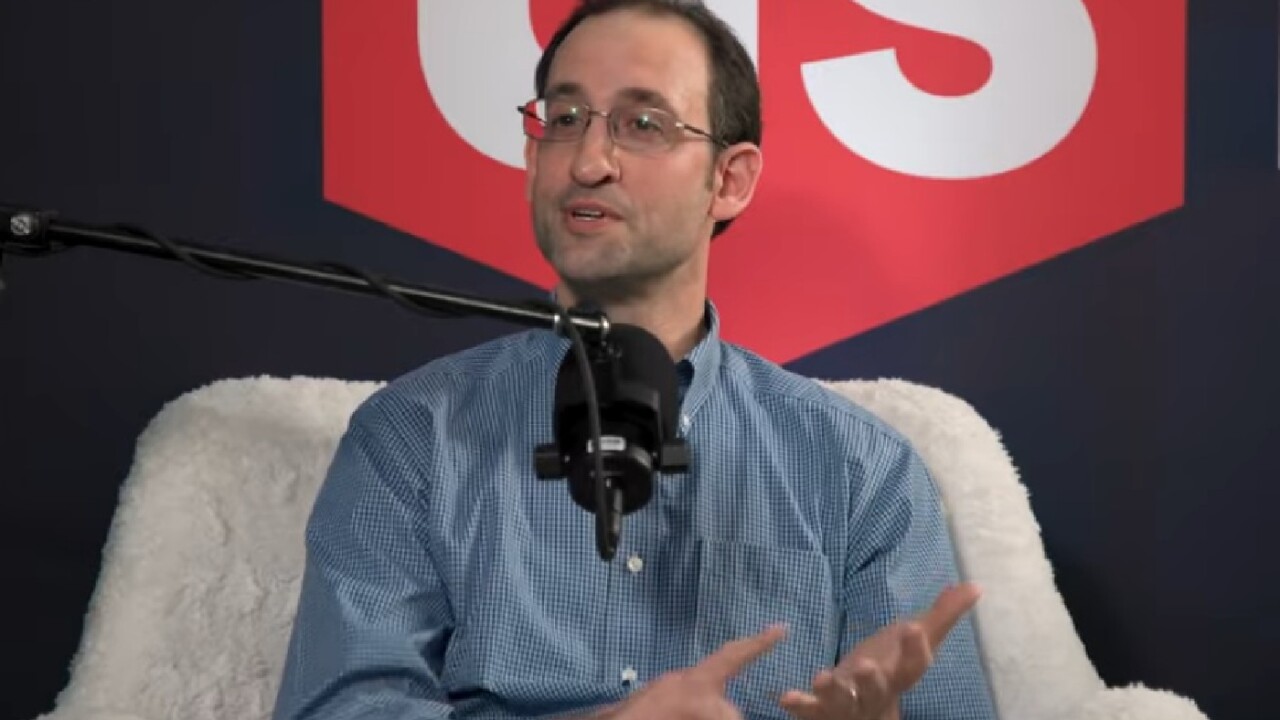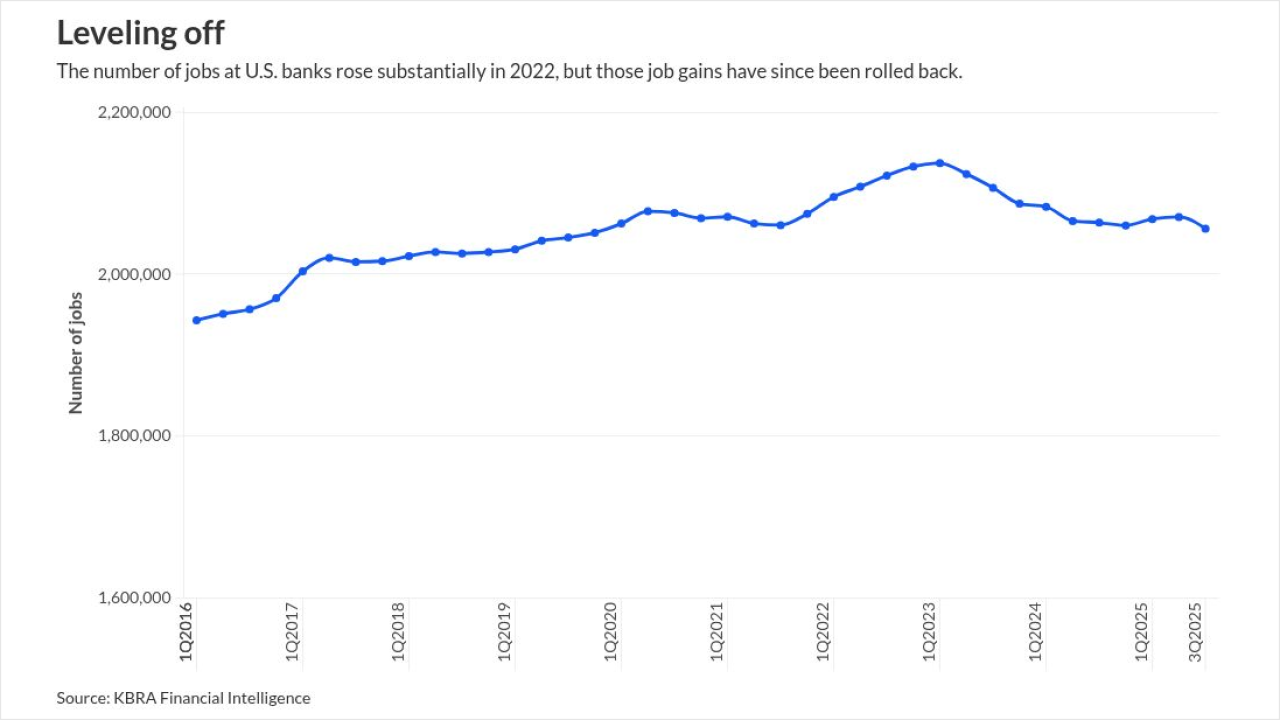Third in a five-part series
Banc of California (BANC) in Irvine has more than doubled its assets in the last year and there are no plans to slow down anytime soon.
The $3.7 billion-asset company has completed five acquisitions as it has evolved from its thrift roots. It has also worked to offer more services and is looking to hire additional lenders next year.
Rapid expansion has led to growing pains and a message that has, at times, confused investors, industry observers say. A big challenge for Steven Sugarman, Banc of California's president and chief executive, involves balancing organic growth and striking more deals.
Above all else, Sugarman and his team must show potential investors that the company's strategy can generate reliable earnings. For this reason, American Banker will be monitoring Sugarman's actions in the year ahead.
"There's a group of investors that recognize the value of the franchise being built," says Gary Tenner, an analyst at D.A. Davidson. "There's another group that wants to see some tangible results before getting involved. It has been a bit of a 'show me' story."
(For full Countdown 2014 coverage, click here.)
Since July 2012, Banc of California has bought three banks
"When we look at the landscape, we think there is a void of regional banks," Sugarman says. "We would like to think of ourselves as big enough to matter to small and midsize businesses and small enough to care and provide personalized attention."
Aggressive growth led to added costs. In the third quarter, Banc of California
"The Banc of California story has been very confusing," says Brett Villaume, an analyst at FIG Partners. Bigger-than-expected costs have "clouded the longer term view of the earnings."
The short-term pain may be worth it, says Villaume, who remains optimistic about the company's earnings potential. Banc of California could have drawn out the expenses from rebranding its bank and streamlining its back offices to be "less painful to the stock price today."
Instead, management opted to record additional expenses in the latter half of 2013 so that "when they go out to buy other banks later on . . . the bank valuations will have risen and so will theirs," Villaume adds. "I think it makes a lot of sense."
Banc of California's transformation has also included some high-profile departures. In August 2012, Sugarman, who led a recapitalization of the company in 2010,
Gregory Mitchell, the other co-CEO,
Last month, the company unexpectedly announced the departure of Robert Franko, the former CEO and president of the company's bank.
Franko's departure "was disappointing" but Bank of California has been able to "keep a lot of the talent" it has gained from acquisitions, including commercial lenders and Small Business Administration bankers, says Andrew Liesch, an analyst at Sandler & O'Neill.
Besides cost-cutting, Sugarman will also have an eye on further expansion next year. The company recently
Banc of California is considering entering new markets by opening branches, most likely by migrating north from its home turf in San Diego, Orange and Los Angeles counties, Sugarman says. Acquisitions are possible, and the company is "constantly in the flow of dialogues and discussions with various banks and financial companies about partnerships and acquisitions," he adds.
Organic growth has become increasingly attractive as pricing for deals has increased and the company has had more success in attracting business on its own.
The hurdle rate for acquisitions rises as organic growth generates better returns, Sugarman says. "The main focus would be whether the acquisition will provide us a key capability, product or strength and whether we can build that more cheaply organically," he says.
Banc of California added about $150 million in deposits each month this year through Sept. 30, and management wants to develop deeper relationships with those clients, Sugarman says. A year ago, nearly 60% of the company's liquidity came from CDs; that has been reduced to less than 15%. The average account size has grown from about $10,000 a year earlier to nearly $100,000.
As the company diversifies its products, depositors have started using more services, such as private banking, Sugarman says. The company launched its One Account, a checking product that pays rates similar to a savings account or a CD, which removes the hassle of a client needing to open other accounts to get a better rate, he says.
As customers conduct more business with the bank, they may be moved over to a preferred account that comes with more benefits based on the extent of their relationship.
Next year, the company hopes to keep expanding its commercial bank, including commercial and industrial and commercial real estate lending, to complement its legacy single-family mortgage business, Sugarman says. Banc of California could look to hire new talent by courting lending teams. Building out this infrastructure is critical for future growth even as management looks to control costs.
"We need to make investments in our platform, infrastructure and delivery system," Sugarman says. "We believe the opportunity and the value is great and the return is extremely high. For the period when you make those investments, it has to be explained but the earnings and the upside are not far down the road."





